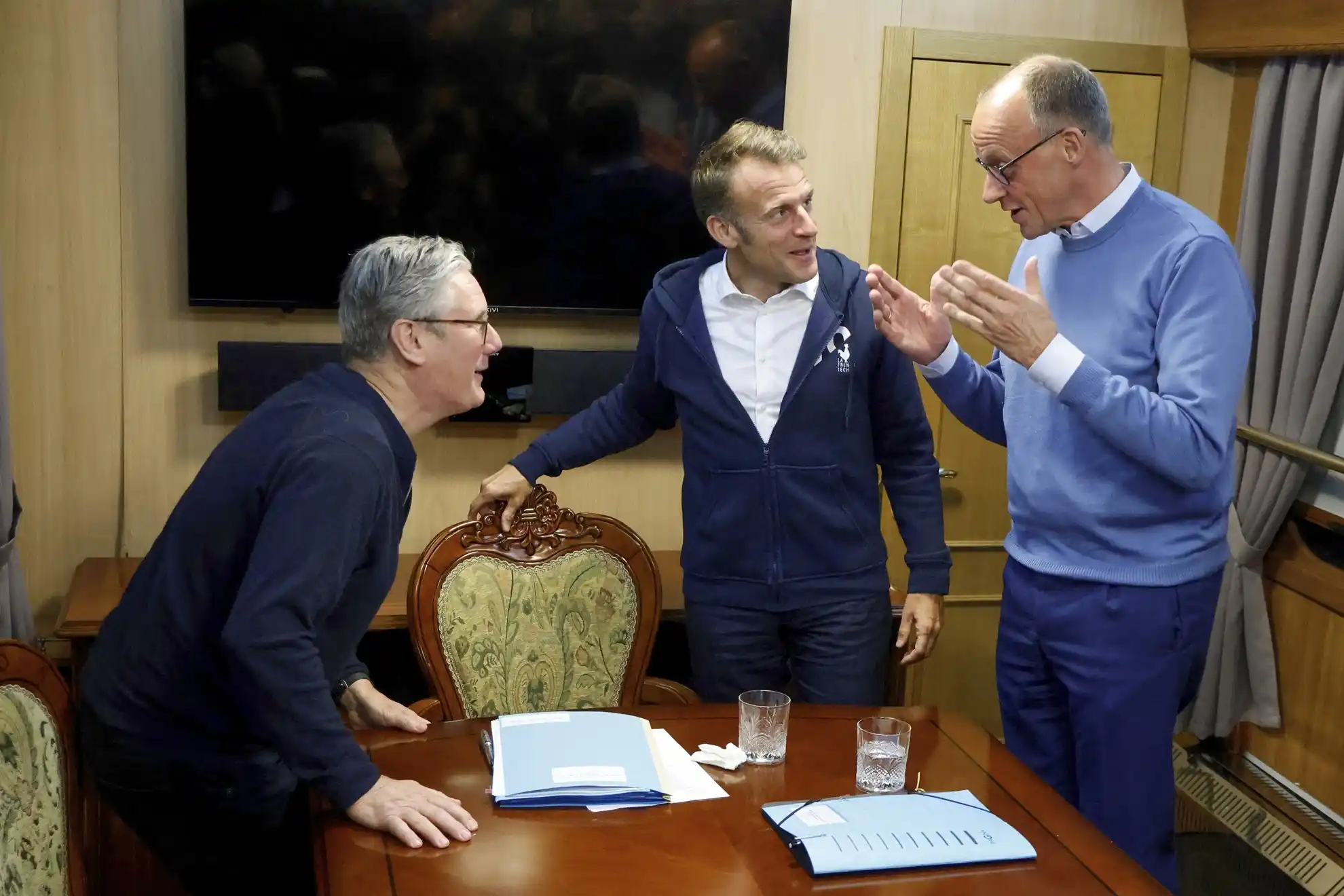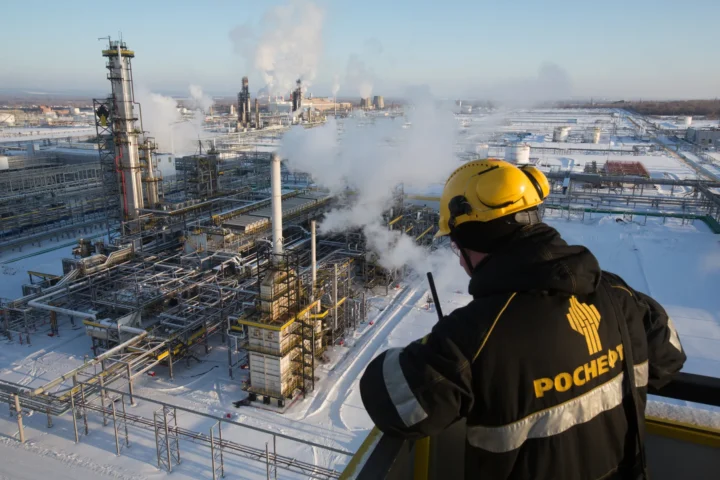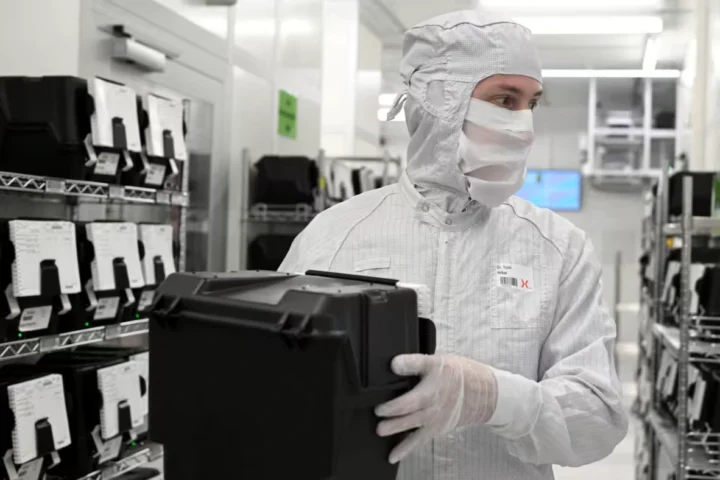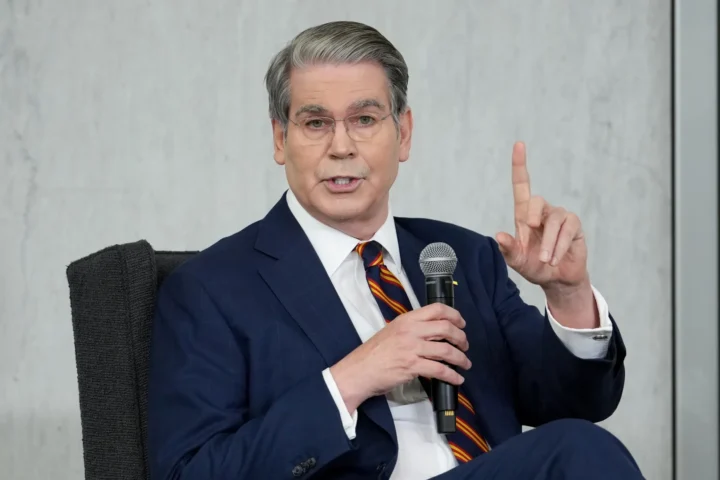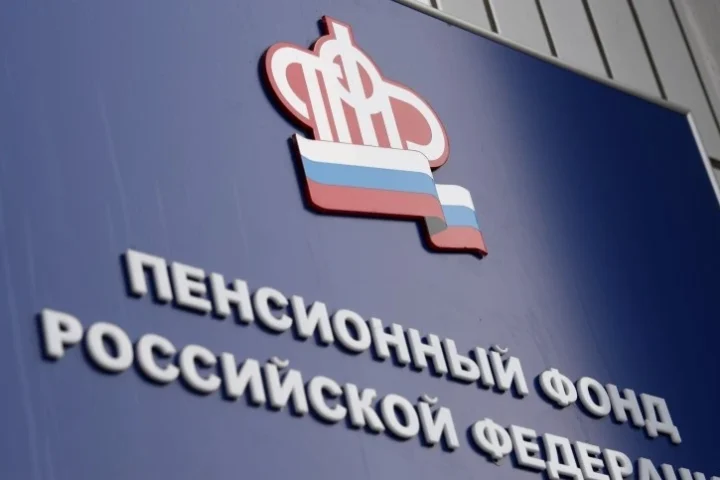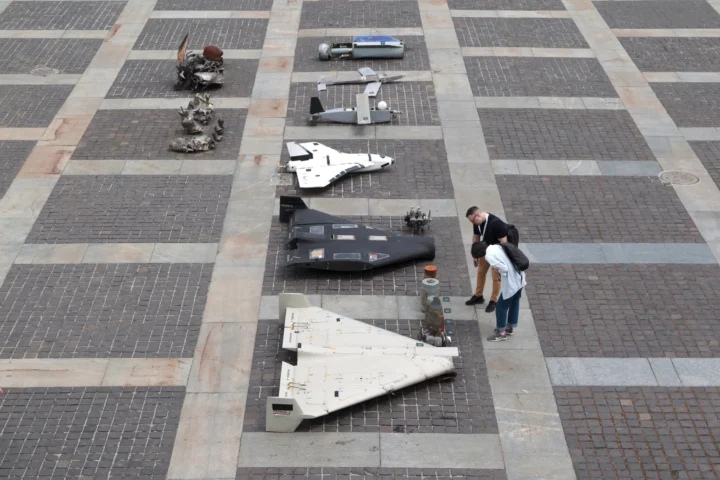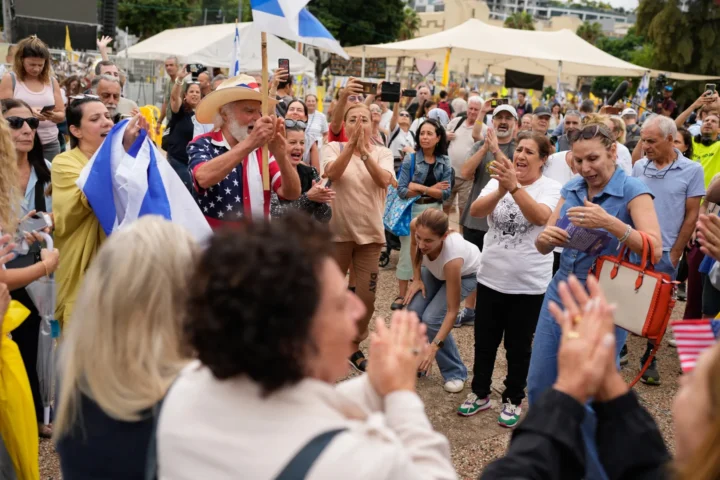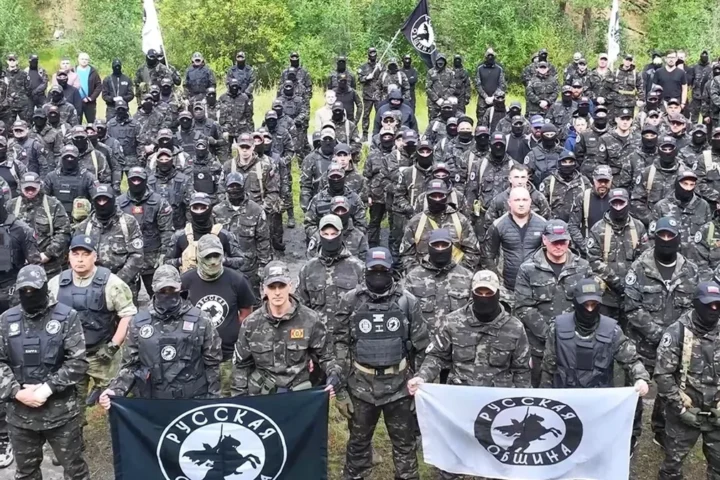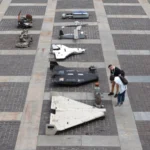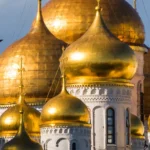On May 10, the leaders of four major European powers — French President Emmanuel Macron, German Chancellor Friedrich Merz, UK Prime Minister Keir Starmer, and Polish Prime Minister Donald Tusk — arrived in Kyiv. Their visit symbolized not only continued support for Ukraine, but also the launch of a new stage of international pressure on Russia aimed at securing a binding ceasefire. Together with Ukrainian President Volodymyr Zelensky, the leaders honored the memory of those who died during the Maidan protests with a moment of silence, surrounded by Ukrainian flags and candles laid at the memorial.
“What is happening right now is a historic moment for European defense and for strengthening our collective security. It’s not only about Ukraine — it’s about all of us,” Emmanuel Macron declared following the ceremony.
The leaders traveled by train from Poland, with the visit kept secret until the last moment for security reasons. In the diplomatic train carriage, Macron held a one-hour discussion with Friedrich Merz before Keir Starmer joined them for a 45-minute conversation.
Tough Ceasefire: A New Western Plan and Diplomatic Pressure on Moscow
The central topic of the summit was the coordination of a new, tougher ceasefire plan with the United States, proposing a 30-day halt in hostilities. The plan is being discussed amid growing tensions with Moscow and renewed transatlantic unity — despite recent overtures between Donald Trump and Vladimir Putin. According to Le Monde, European diplomats are anticipating potential agreement from the White House to jointly present a unified American-European proposal to both Kyiv and Moscow.
“The Russians must say yes — not just for show around May 9 to parade, but for real. Thirty days. That’s the key,” Macron stressed during an interview on Polish TV channel Telewizja Polska. He also noted that the plan could be unveiled within hours.
A European diplomatic source told Le Monde: “The Americans are now showing clear frustration with Russia’s posture. The decision to announce the ceasefire is virtually made. We are reaching a point where waiting for a formal response from Moscow is no longer viable.”
The proposed plan includes either a 30-day ceasefire or three 10-day segments, accompanied by a clear threat of economic and energy-related sanctions if Russia rejects the plan or accepts it and then violates the terms.
Military Presence and Political Divergences: The Role of the U.S. and Germany’s Position
This visit marked Chancellor Merz’s first trip to Ukraine since taking office, and Macron’s second — he previously visited Kyiv in June 2022 with then-Chancellor Olaf Scholz, Italian Prime Minister Mario Draghi, and Romanian President Klaus Iohannis. That visit contributed to granting Ukraine EU candidate status by the end of that year.
Today’s trip, observers suggest, also serves as a diplomatic response to the military parade held in Moscow to mark the 80th anniversary of the Soviet victory in World War II. Attendees included Chinese President Xi Jinping, Brazilian President Lula da Silva, and Kremlin-friendly European leaders such as Slovak Prime Minister Robert Fico and Serbian President Aleksandar Vučić.
According to Le Monde, in the event of a ceasefire, the so-called “coalition of volunteers” led by France and the UK is prepared to send a limited military presence to help safeguard Ukraine from further Russian offensives. However, this plan hinges on U.S. guarantees — a “security backstop” to protect European troops in case of clashes with Russian forces. Germany, in particular, is hesitant to commit without clearer American support.
During a recent visit to the Élysée Palace, Merz stated: “This war in Ukraine will not end without further political and military engagement from the United States. Europe cannot replace America.”
Justice as the Foundation of Peace: A Tribunal for Russian Aggression
Meanwhile, in Lviv, foreign ministers from 35 European countries met, where French Foreign Minister Jean-Noël Barrot declared: “We want peace. But today, the only obstacle to peace is in Moscow. It parades, and it is named Vladimir Putin.”
An important initiative was also announced: the creation of an international tribunal to prosecute the crime of aggression committed by Russia in Ukraine. The tribunal will be based on the “damage register” established by the Council of Europe, which is designed to enable future compensation for victims. “Peace through justice,” Barrot emphasized — a complement to the “peace through strength” doctrine once used by President Trump and now echoed by European leaders.
Thus, the Kyiv summit was not just a symbolic act of solidarity, but a clear demonstration of Western unity in preparing the ground for a ceasefire and potential peace agreement — without making concessions to the Kremlin, but with the readiness to act. The future shape of European security may well depend on what unfolds in the coming days.
This article was prepared based on materials published by Le Monde. The author does not claim authorship of the original text but presents their interpretation of the content for informational purposes.
The original article can be found at the following link: Le Monde.
All rights to the original text belong to Le Monde.


